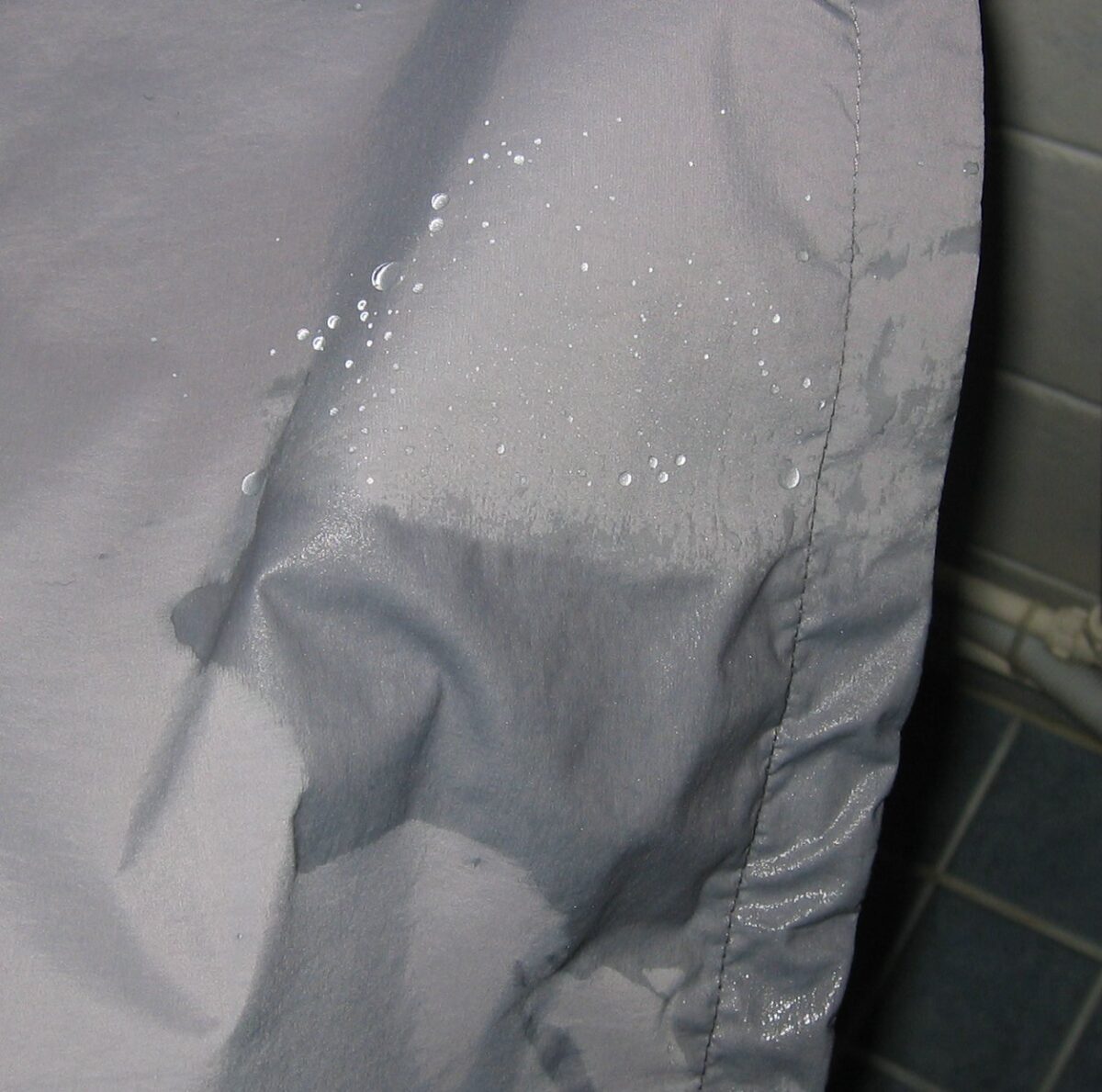Overview
I needed a new shell and could not find authoritative information anywhere to help me make my choice. I knew from experience that breathability was important to me, so I chose the best candidates I could find, and sent them to the lab for testing. I then took them into the field to see how they performed. This is my report.
Different shells have different specialties. Some are ultralight in weight and pack size, which is ideal for carrying in varied conditions. Wind shells can be more comfortable than rain shells, so there are times for each. Some lightweight shells may not breathe as well as slightly heavier shells (due to differences in membrane or laminate technology), leading to trade-offs. In cooler weather, I may choose a heavier winter shell (about a pound / 450 g) for better pockets, features, comfort, and durability.
This report includes test results, debunks DWR myths, examines rain resistance in wind shells, and presents my experience with some top-performing wind and rain shells. All the shells in this report are made with high MVTR (moisture vapor transmission rate) fabrics. Differences in comfort vary more due to features and fit than to differences in laboratory measurements.
Laboratory Testing
Previous Backpacking Light articles tell us that two components of breathability are moisture vapor transmission rate (MVTR) (the best way to measure moisture movement out of our clothing system), and air permeability rate (APR) which measures how much (or how little) resistance a layer has to air movement (e.g., wind). Few manufacturers list this information, and those that do produce widely varying numbers which make comparisons more frustrating than enlightening. To overcome this, I sent them to a single facility – Stephen Seeber’s independent laboratory in Colorado – to ensure uniformity in evaluation criteria.
As Stephen Seeber recently pointed out, APR often gives us a ballpark idea of MVTR (in garments without membranes), but it doesn’t always correlate. The most interesting wind shell fabrics are the outliers: Those with high MVTR and moderate APR. Furthermore, field testing has more varied results because of other factors such as ventilation features and fit.
Member Exclusive
A Premium or Unlimited Membership* is required to view the rest of this article.
* A Basic Membership is required to view Member Q&A events




Home › Forums › Shell Game: Wind and Rain Jacket Breathability Tests vs. Trail Performance